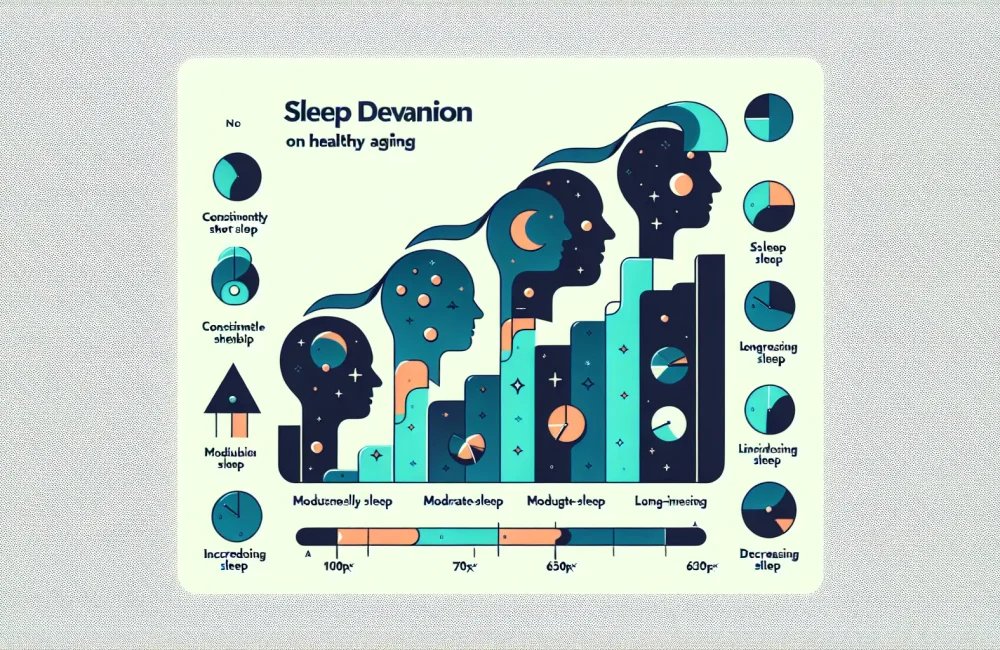By CAFMI AI From Frontiers in Medicine (Open Access)
Sarcopenia and Its Links to Inflammation in Older Adults
Sarcopenia, defined by low muscle mass and strength, is a significant and growing health concern among older adults, especially in community settings. This condition not only impairs physical function but also increases vulnerability to adverse health outcomes, including higher mortality rates. Recent research using data from the U.S. National Health and Nutrition Examination Survey (NHANES) from 1999 to 2006 has shed light on the biological relationships between sarcopenia and inflammation, which may help explain why sarcopenic individuals experience poorer health outcomes. Sarcopenia was measured using appendicular lean mass adjusted for height squared, identifying those with clinically relevant low muscle mass. The study analyzed key inflammatory markers: C-reactive protein (CRP), interleukin-6 (IL-6), and tumor necrosis factor-alpha (TNF-α), which are known indicators of systemic inflammation. These markers were significantly elevated in participants diagnosed with sarcopenia compared to those without the condition. This finding reinforces clinical observations that sarcopenia is not merely a muscle disorder but also linked to broader systemic changes, particularly enhanced inflammatory activity. Understanding these inflammatory pathways is crucial for clinicians because targeting inflammation could be a strategic avenue for treating sarcopenia-related complications.
Inflammation as a Mediator of Mortality Risk in Sarcopenia
One of the pivotal findings of the study was the mediating role of inflammation in the relationship between sarcopenia and all-cause mortality among older adults. Utilizing advanced mediation analyses, researchers found that inflammation accounts for a significant portion of the increased risk of death observed in sarcopenic individuals. The adjusted hazard ratios demonstrated that older adults with sarcopenia had notably higher mortality risk during follow-up compared to their non-sarcopenic counterparts. When inflammation markers were considered, part of this association was explained, indicating that systemic inflammation is a key pathophysiologic factor linking muscle loss to shorter survival. For healthcare professionals, especially those working in geriatric and primary care settings, these insights emphasize the need to assess inflammatory status in patients presenting with sarcopenia. Interventions that reduce chronic inflammation may therefore improve survival outcomes. The findings align with existing literature on the detrimental effects of inflammation in aging but extend knowledge by quantifying its mediating role, which could influence clinical guidelines and personalized care strategies. Additionally, routine monitoring of inflammatory markers like CRP and IL-6 might become integral components of comprehensive sarcopenia management in outpatient clinical workflows and preventive health screenings.
Clinical Implications and Future Directions for Managing Sarcopenia
The study’s conclusions urge a reconsideration of management approaches for older adults diagnosed with sarcopenia. Given the partial mediation by inflammation in mortality risk, therapeutic strategies that target inflammatory processes alongside conventional interventions aimed at improving muscle mass and strength may enhance patient outcomes. Clinicians should be aware of the multifactorial nature of sarcopenia, which involves complex interactions between muscle health, immune function, and systemic inflammation. Counseling points for patients include lifestyle modifications known to reduce inflammation, such as regular physical activity, balanced nutrition with anti-inflammatory properties, and control of comorbid conditions like obesity and diabetes. Follow-up protocols might integrate periodic evaluation of muscle mass and inflammatory markers to identify patients at higher risk and tailor treatment intensity accordingly. The study also highlights the need for continued research into underlying mechanisms, the development of anti-inflammatory therapeutics, and standardized clinical pathways to optimize sarcopenia care in primary care and geriatric practice. Recognizing red flags such as unexplained weight loss, decreased muscle function, and persistent high inflammation could prompt timely intervention, ultimately reducing mortality and improving quality of life among older adults. Overall, this research enriches understanding of the pathophysiology of sarcopenia and offers a clear direction for future clinical practice enhancement.
Read The Original Publication Here






